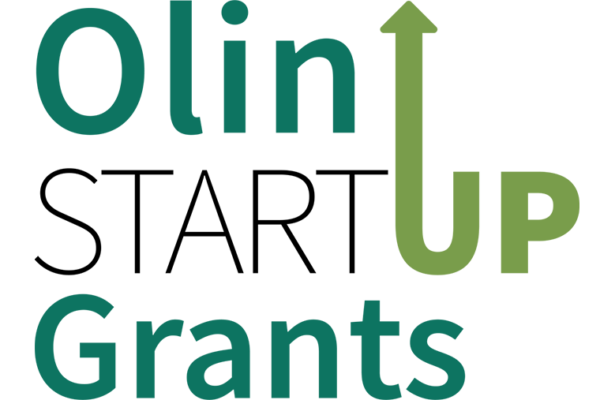
Small and medium-size businesses are the backbone of the American economy. Small businesses, those with 500 employees or less, account for 99.9% of U.S. firms, according to the Small Business Administration and just under half (46%) of total private sector employment. Recently, Vice President Kamala Harris announced a plan to expand the small business tax credit from $5,000 to $50,000, with the stated goal of generating 25 million new small-business applications during her first term as president.
Below Peter Boumgarden, the Koch Family Professor of Practice in Family Enterprise at the Olin Business School at Washington University in St. Louis and director of the Koch Family Center for Family Enterprise, discusses Harris’ plan and other ways in which the government can support new and existing small businesses.
In your opinion, is Harris’ plan the best way to support small businesses? Are there other policies you think the government should also consider to create an optimal small business environment?
Harris’ proposal here is interesting. At the core, this piece is building on an awareness that it can be expensive to start a new business; their group estimates $40,000, but the current deduction limit is only $5,000. Coming out of the pandemic, we’ve seen a significant increase in interest in ownership. In 2023 alone, 5.5 million new business applications were filed, making it the strongest year on record and the third consecutive year of historic small business growth. A policy like this is targeted at getting people into the game.
However, we also need to focus on supporting our existing small and medium-size businesses and their employees. A significant percentage of these businesses are owned by baby boomers who are nearing retirement. This impending tidal wave of transitions has been dubbed the “silver tsunami.”
Over the last year, I have been working with my Olin colleagues, experts at the Brookings Institution and other industry leaders to understand the impact this transition will have on owners, employees, communities and the economy. As part of the project, which is funded by the Bellwether Foundation, we’ve also looked at ways in which the federal government can use policy to aid the transition. We’ll share the complete findings at a presentation in Washington, D.C., in October.
Based on our early findings, though, I have been surprised by the level of interest in employee ownership by current owners. We’ve also discovered that employee ownership models — including, but not limited to employee stock ownership (ESOP) models — produce relatively strong labor outcomes compared to other forms of ownership transition. Furthermore, employee ownership offers a path toward keeping and expanding wealth in the community.
With increasing interest in this space, and even large institutional investors like KKR exploring how to fold employee ownership into their investor toolkit, I think a set of policies around making this more manageable for businesses in transitions is an attractive policy lens as well.
Additionally, I could see benefits of exploring whether modifications to capital gains might drive investors on the margin toward longer hold periods and thus more creative, patient approaches to capital. From an investment perspective, there is a benefit when people lean into the patient capital side of investment. This is the case for family ownership, for example. If you are stewarding a business for a long-term, you approach it differently than buying and flipping for the short run.
Harris’ plan addresses how the federal government can help new small businesses. How can state and local governments and private entities help small businesses thrive?
From a city and state perspective, it is worth looking at the conditions that make starting, or continuing, something more attractive and possible. Certain cities, like Nashville for example, have done a good job increasing the attractiveness of starting a business in their region.
Businesses are also labor dependent. If you don’t have a good workforce, then it is hard to have the quality of service you want to offer to the world. This is a case for investing in education, whether K-12 or long-term incentives.
Starting a business is one thing but keeping it up and running is another challenge. Groups like St. Louis’ Cortex Innovation District or Delmar Divine for nonprofits offer shared services and a community of fellow entrepreneurs, all of which can be helpful for the cross-pollination of good ideas to keep things going.
Is there a silver lining to this ‘silver tsunami’?
Transition is not easy. I was just chatting with a neighbor who owns a retail establishment in town. Without kids to take over the business or an employee base ready to buy it, he doesn’t know what will come next. But these transitions also provide potential opportunities.
As easy as it is to be nostalgic about the benefits of small businesses — they tend to show up highest on generalized measures of trust, for example — they do not always offer great jobs. And the composition of current business owners is not the most diverse crew. If done right, this transition will provide opportunities for improving job quality and diversifying and expanding the pool of business ownership. This is exciting in many ways!


